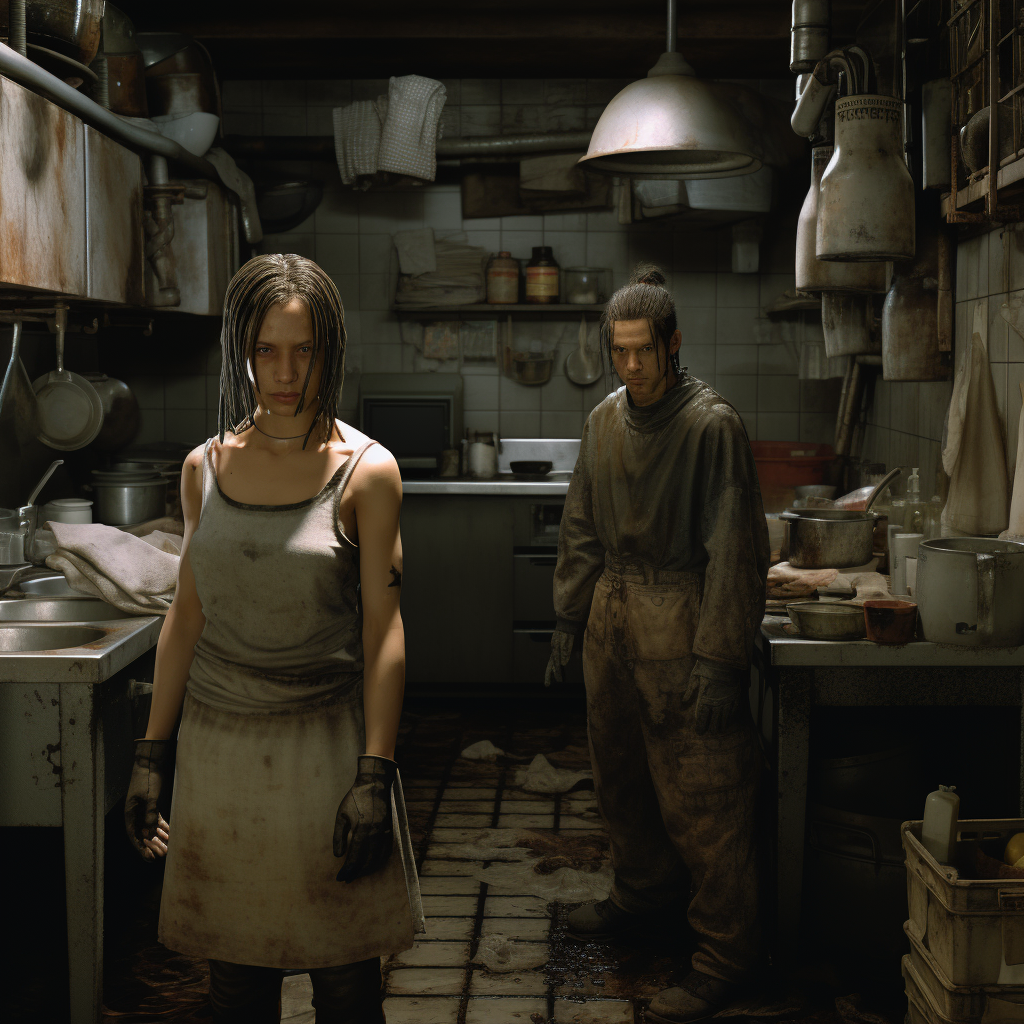NERVOUS (Pt. 2)



Some realities are so dense, they must be waded through. Some parts of our anatomy are so packed with nerve-endings that even the slightest touch goes beyond “feeling”. It only hurts. There are moments in life, of varying duration, when we experience the world as a force to be overcome: a headwind, laden thick with the debris and detritus, cast off from our day-to-day.
Sometimes we are in good condition, we feel strong, and we almost enjoy pushing back against this force. Other times we are standing in a stranger’s kitchen, cleaning up after the dinner we have quietly made and silently eaten.
A song, especially a recorded production (as opposed to a live performance) can be an almost overwhelmingly dense slice of reality. My productions use a combination of live performance captures, legally and illegally acquired samples (sometimes lasting less than a second, sometimes lasting several minutes), analog electronics, digital emulations of analog and even acoustic instruments, dynamics processing, time-based effects, and an array of editing techniques both subtle and gross, which give almost unimaginable control over every second of audio, and every 44100 / 48000-sample subdivisions of that second, that my tools allow me access to.
When I was writing NERVOUS, I felt that to accurately capture the experience I based the song on, I would essentially need 2 different songs to be happening, more or less simultaneously. This feeling is something I deal with often when I make songs. One approach I’ve often taken, is using something I call “parasemantics”, which is where I deliberately write a lyric that, when sung, will be heard as saying multiple things, each having a separate meaning, but whose combination of meanings get closer to the feeling than any one alone could.
For example, in an old song of mine, “The Punch” I wrote:
All my life
Been keepin’
All these li(v)es
I still need ‘em
On the line “all these lies”, I actually sang it in 2 layers: one where I sang “lies” and one where I sang “lives”. I didn’t mean one or the other, I meant both, at the same time. The effect is something like a double entendre, except instead of trying to make a joke, we are trying to pack as much meaning into a single line, or word, as possible.
However, this is not always the right approach. Sometimes a song (or a life) just needs to take a hard turn into the ditch.
There’s moments in my life
Like a confluence of tiny tortures
And I’m starin’ at the sink
But I can’t seem to get these dishes clean
Tell me why I still stretch towards you like evening
Tell me how it is, and how it was, and how it will be
I don’t want to say too much about this section of the song — I think the introduction of this post gives enough context.
What I will say is that I had a lovely day trying different chord voicings that would a) separate this section from the first half of the song, and b) still follow the same harmonic structure, allowing me to sing the same chorus melody over it, in the final chorus.
I then recorded each chord separately, multiple times; selected the best take of each individual chord, and chopped them up to fill the whole phrase. I could have played the chords all together in one take — there’s plenty of space between them — but in this case, the intensity of focus from playing one chord at a time felt better than the intensity of thrashing them all out in a single take. Different densities of intensities.
The drums are another combination of samples, frantic, chopped up, amplified, lightning and thundered.
When artists talk about their songs like “perfect for an autumn walk” or “listen to it on a speedboat” or whatever, I am inclined to think that they’ve forgotten what music is, or what it can be. Close your eyes if you need to, turn it up as loud as you can, immerse yourself in the song, and I will take you where you need to go.
Final song here: NERVOUS
Sometimes we are in good condition, we feel strong, and we almost enjoy pushing back against this force. Other times we are standing in a stranger’s kitchen, cleaning up after the dinner we have quietly made and silently eaten.
A song, especially a recorded production (as opposed to a live performance) can be an almost overwhelmingly dense slice of reality. My productions use a combination of live performance captures, legally and illegally acquired samples (sometimes lasting less than a second, sometimes lasting several minutes), analog electronics, digital emulations of analog and even acoustic instruments, dynamics processing, time-based effects, and an array of editing techniques both subtle and gross, which give almost unimaginable control over every second of audio, and every 44100 / 48000-sample subdivisions of that second, that my tools allow me access to.
When I was writing NERVOUS, I felt that to accurately capture the experience I based the song on, I would essentially need 2 different songs to be happening, more or less simultaneously. This feeling is something I deal with often when I make songs. One approach I’ve often taken, is using something I call “parasemantics”, which is where I deliberately write a lyric that, when sung, will be heard as saying multiple things, each having a separate meaning, but whose combination of meanings get closer to the feeling than any one alone could.
For example, in an old song of mine, “The Punch” I wrote:
All my life
Been keepin’
All these li(v)es
I still need ‘em
On the line “all these lies”, I actually sang it in 2 layers: one where I sang “lies” and one where I sang “lives”. I didn’t mean one or the other, I meant both, at the same time. The effect is something like a double entendre, except instead of trying to make a joke, we are trying to pack as much meaning into a single line, or word, as possible.
However, this is not always the right approach. Sometimes a song (or a life) just needs to take a hard turn into the ditch.
There’s moments in my life
Like a confluence of tiny tortures
And I’m starin’ at the sink
But I can’t seem to get these dishes clean
Tell me why I still stretch towards you like evening
Tell me how it is, and how it was, and how it will be
I don’t want to say too much about this section of the song — I think the introduction of this post gives enough context.
What I will say is that I had a lovely day trying different chord voicings that would a) separate this section from the first half of the song, and b) still follow the same harmonic structure, allowing me to sing the same chorus melody over it, in the final chorus.
I then recorded each chord separately, multiple times; selected the best take of each individual chord, and chopped them up to fill the whole phrase. I could have played the chords all together in one take — there’s plenty of space between them — but in this case, the intensity of focus from playing one chord at a time felt better than the intensity of thrashing them all out in a single take. Different densities of intensities.
The drums are another combination of samples, frantic, chopped up, amplified, lightning and thundered.
When artists talk about their songs like “perfect for an autumn walk” or “listen to it on a speedboat” or whatever, I am inclined to think that they’ve forgotten what music is, or what it can be. Close your eyes if you need to, turn it up as loud as you can, immerse yourself in the song, and I will take you where you need to go.
Final song here: NERVOUS